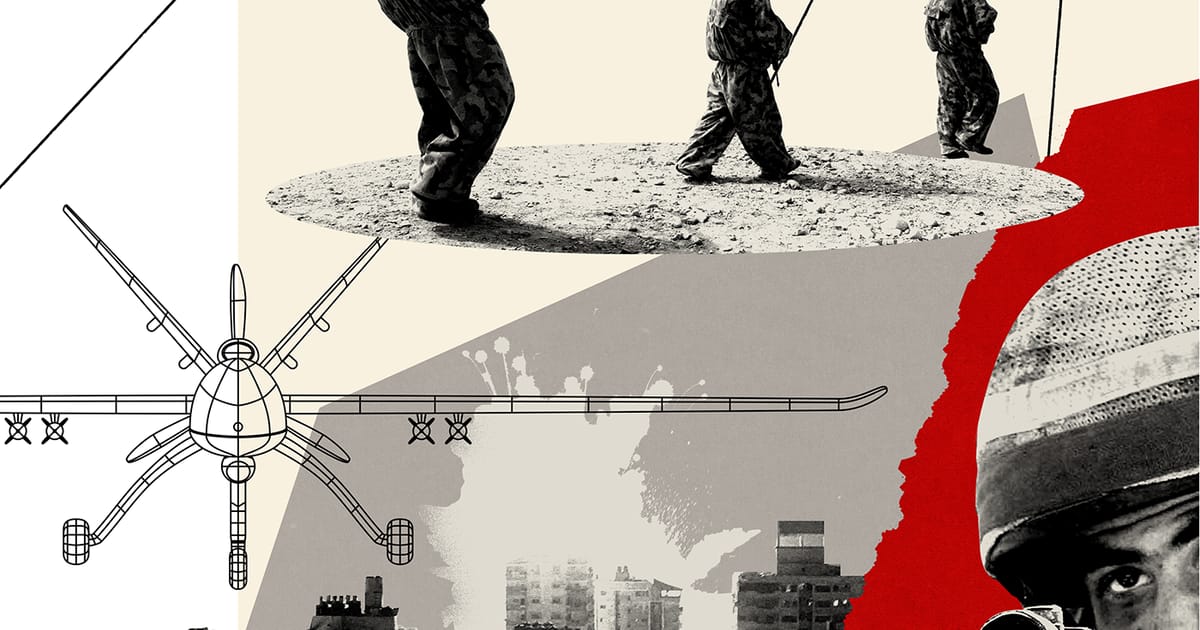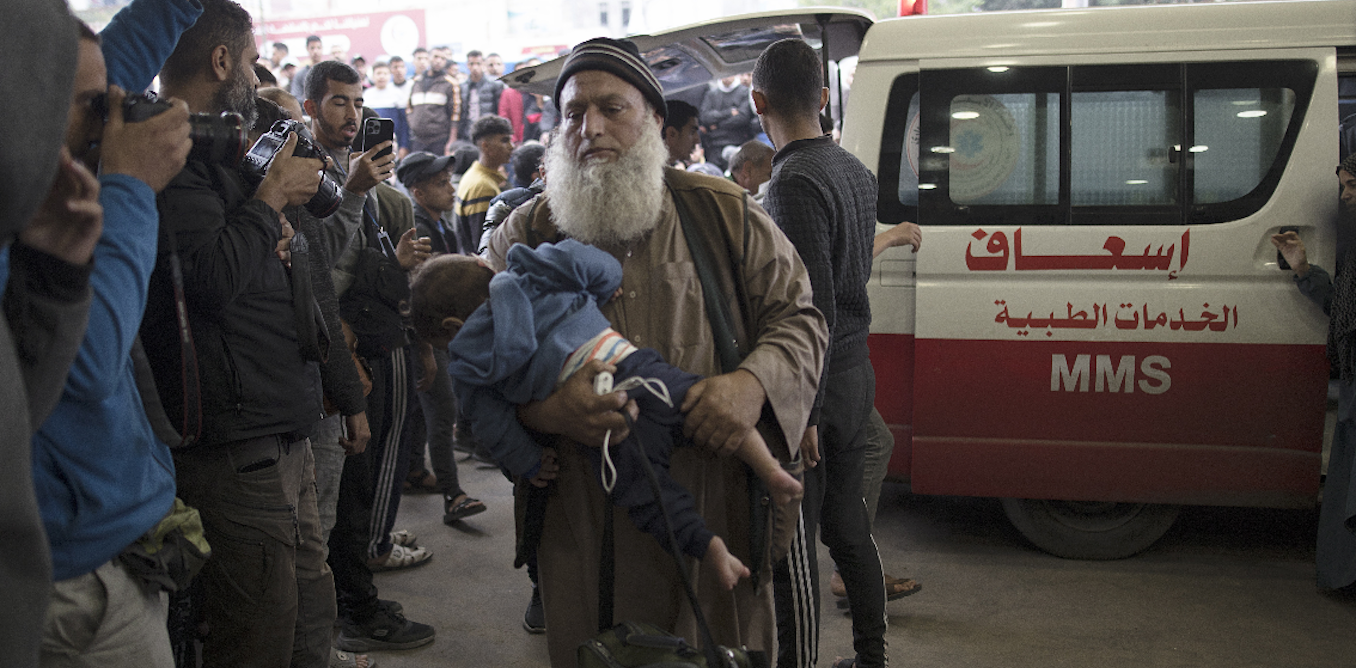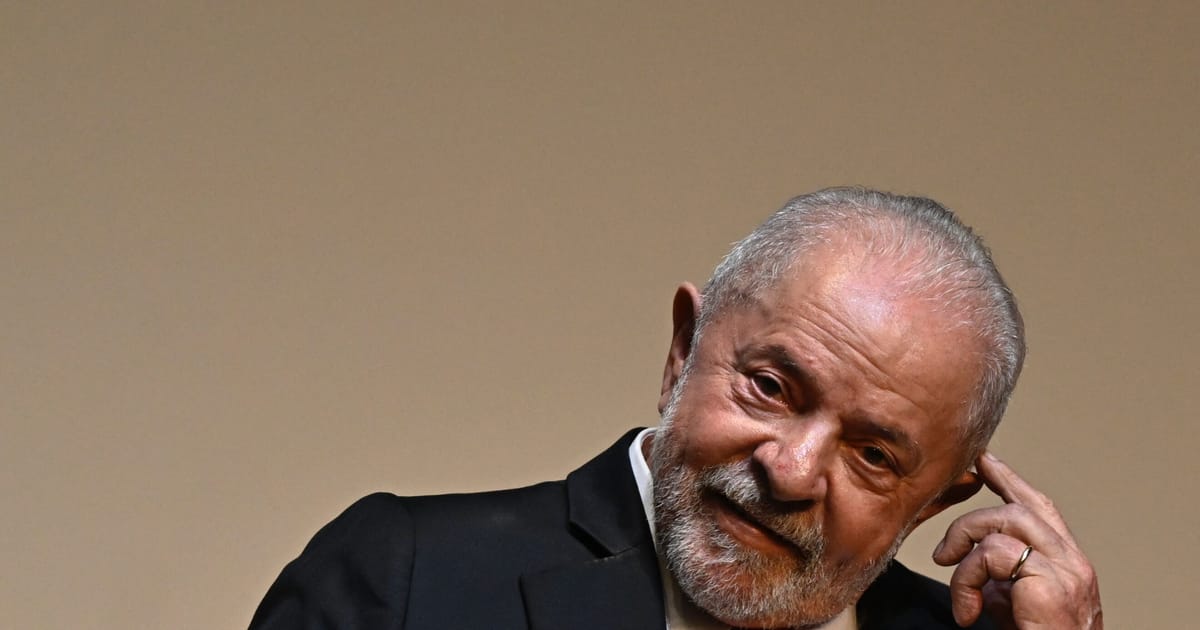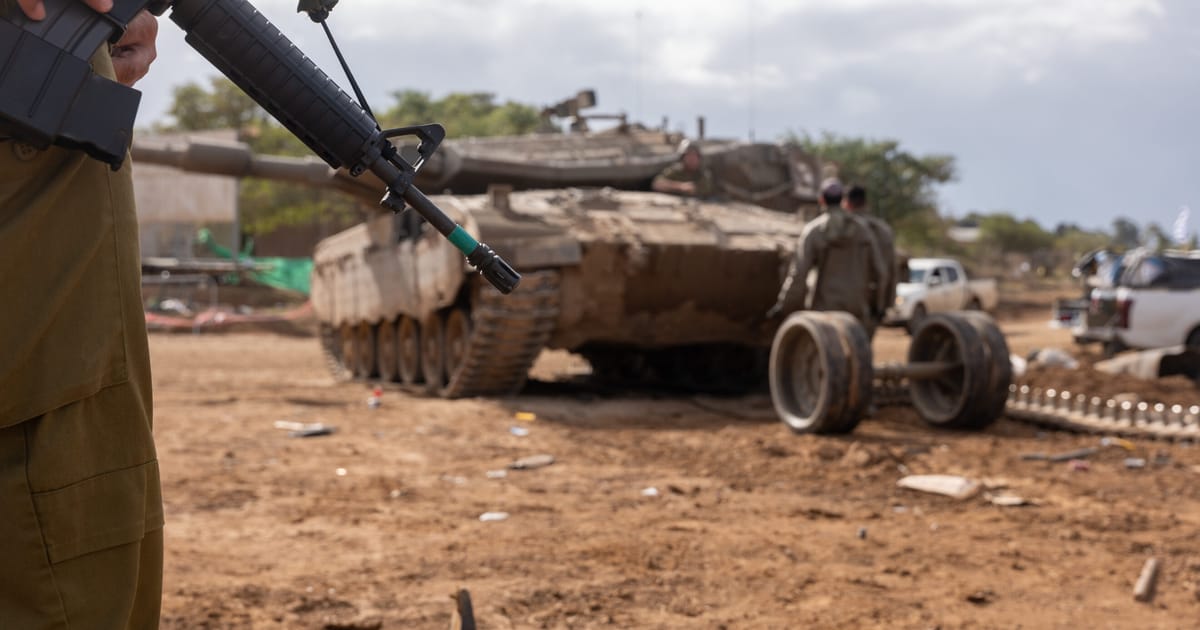In January 1973, Hussein al-Bashir, a representative in Cyprus of Fatah, the largest faction of the PLO, was killed in Nicosia by a bomb under his hotel bed. Next, and again in Paris, it was the turn in April 1973 of Basil al-Kubaisi, a Beirut law professor suspected of assisting with logistics for Munich. He was shot a dozen times returning home from dinner. The shots precisely targeted his head and heart, in a sign of a disciplined, professional hit, French police noted.
That same month, Israeli commandos carried out an audacious amphibious landing along Beirut’s seafront called Operation Spring of Youth. With undercover Mossad agents already stationed in the city, the commandos joined paratroopers in a full-frontal attack on the headquarters of the Popular Front for the Liberation of Palestine, killing three top commanders.
Further Israeli attacks were carried out in Athens, Rome, Paris and Warsaw. The last to die in the assassination campaign were Abu Al Hassan Qasim and Hamdi Adwan, blown up by a car bomb in Limassol, Cyprus, in February 1988 — 16 years after the assault on the Olympic Village.
‘They know they can’t hide’
What happened after the Munich assault offers clues on what might follow the Oct. 7 attack, even after the guns go quiet in Gaza.
The foot soldiers who carried out the rampage through the kibbutzim of southern Israel will mostly be left to the IDF’s current offensive — a military campaign with a death toll in the enclave of 29,692, according to the Hamas-run health ministry, that includes civilians and combatants, and that has displaced an estimated 2 million, most of whom are enduring severe food shortages according to U.N. agencies.
In the post-Oct. 7 assassination campaign, the bigger targets are more likely to be pursued by units like the clandestine counterterror police squad, YAMAM, which has been tasked with difficult overseas missions before. Its motto comes from Psalm 18: “I pursued my enemies and overtook them; I did not turn back until they were destroyed.”




